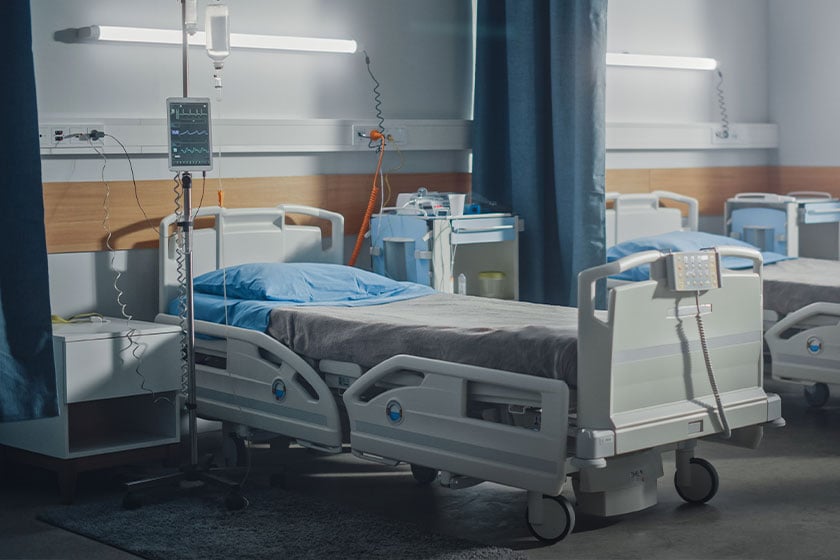
Win Free Health Insurance 2024/2025 Competition – Winner Announcement
We're thrilled to announce the winner of the Win Free Health Insurance 2024/2025 competition - Discover who scored free health insurance for the next year!


Use dental to avoid hospital
Dental conditions are a leading cause of preventable hospital visits in Australia. Learn how to avoid this with our Rolling Extras cover.

Reclaim your wellbeing
Getting psychological support at an early stage is important for emergency service workers' mental wellbeing.

Caring for emotional health in cancer
Valion Health Clinical Psychologist, Rebecca Van Lloy, spoke to us about how to support the psychological wellbeing of cancer patients

Top claims show the benefits of private health insurance
Over the 2023-24 financial year Police Health Limited paid out close to $2.8 million in health benefits to its members, including a $298,333 hospital episode.

When chronic pain affects the people who protect our community
Working in emergency services increases your risk of chronic pain.

The relationship between neurological conditions, substance disorders & high-stress emergency work
There’s a strong connection between the stress of being a first responder and psychological outcomes.

Mental health issues plague the young, with emergency workers at great risk. Is resilience the key?
Your mental health strength needs to be prioritised, much like physical strength.
